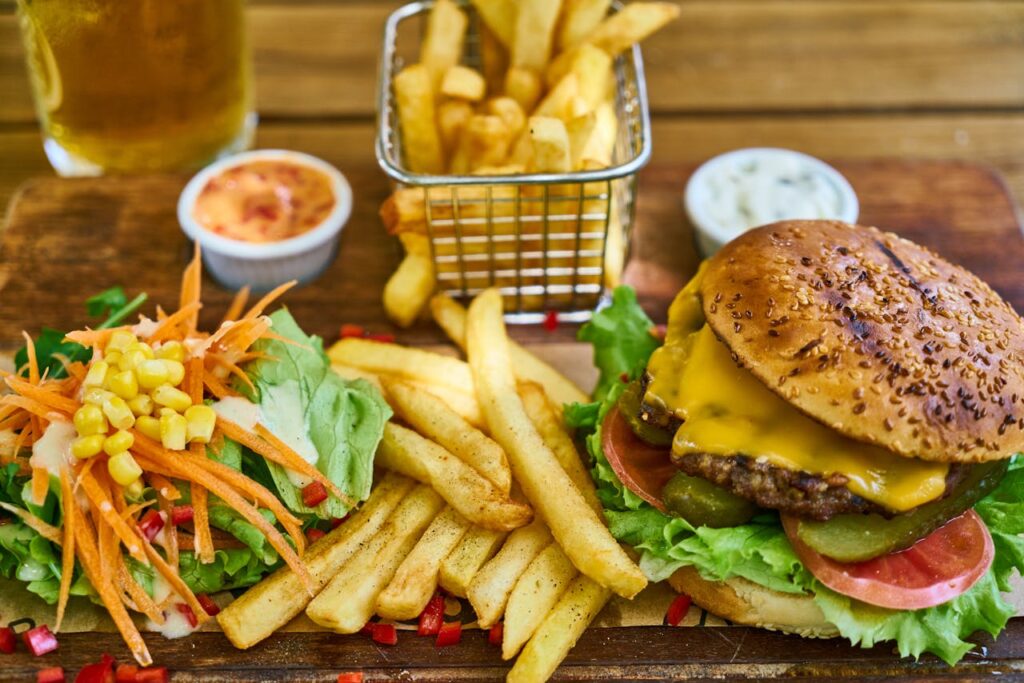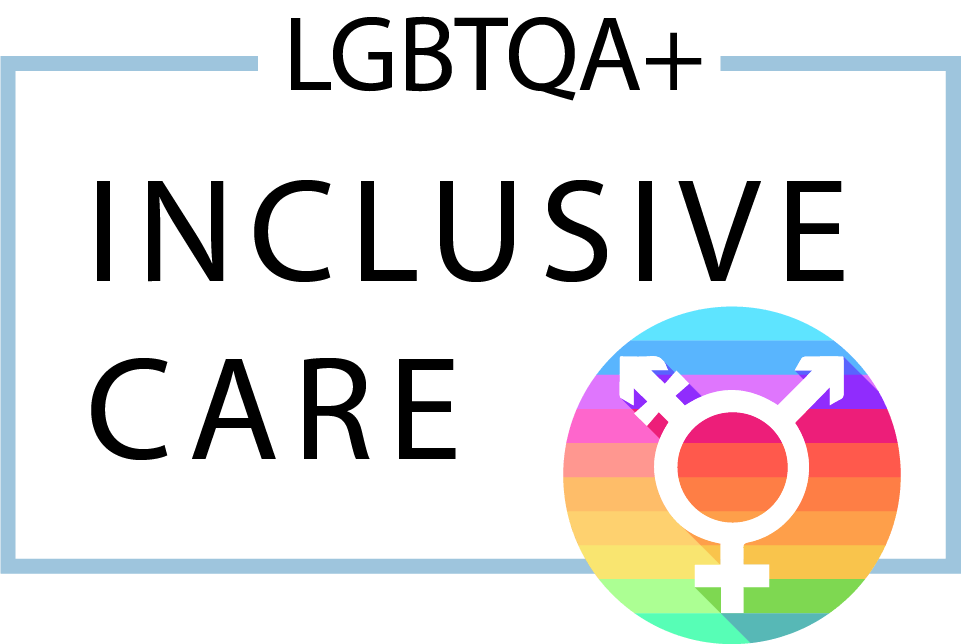Food can play a significant role in life for several reasons. A lot can happen at a dinner table.
Culturally speaking, it can be a central focus for celebration and tradition. Socially, it’s a way to connect with friends and explore new places and foods. As a family, it can be a time for gathering and re-centering as a unit. With a relationship, it can be a love language.
Your body needs food for survival at a basic level. When you eat, your brain interprets that as a reward, which makes you feel better.
For some people, eating becomes an emotional habit that creates a negative loop that can be difficult to navigate.
Emotional eating refers to the practice of using food to cope with feelings and emotions. This typically includes eating a larger amount of food than is needed or healthy and using food that is considered unhealthy.
There are actually two versions of hunger that concern emotional eating. Physical hunger is tied to your previous eating habits and tends to develop over the course of the day. You had a meal at breakfast, and by lunchtime, you start to feel hungry as you approach your next meal time. As you eat, you should feel a sense of fullness that indicates it’s time to stop.
On the other hand, emotional hunger comes on more suddenly and can be triggered by something stressful or mood-related. You may crave a specific type of food, leading to guilt after eating it. When eating from emotional hunger, you don’t necessarily feel full or aren’t cued to stop eating.

Emotional eating can be triggered by many causes, including school/work stress, personal relationships, health concerns, financial issues, environmental stressors, or underlying trauma. Additionally, those who struggle with self-awareness and being able to process their emotions may also experience emotional eating.
In some instances, certain hormonal issues may also be at fault. It’s also worth noting that strict and/or restrictive diet habits can also lead to emotional eating.
With food being so intertwined in life, plus whatever underlying cause is fueling the emotional eating, it can be a hard habit to change. It is possible, though.
To gain control, you first need to increase your awareness of the situation. Figure out what your triggers are and what’s driving your emotional eating.
The more understanding you have, the more you can catch, act on, and control it. Are you feeling stressed? Are you bored? Is this a habit you’ve had for many years? Are you being peer pressured or socially influenced?
Try keeping a journal, whether food or emotion-based. Note when you ate something but weren’t physically hungry. What was going on surrounding it? How were you feeling? Depending on your habits, you could include where you were at and who you were with.
While working with your journaling, start to identify what emotions you’re feeling and give a name to them. Are you feeling sad, angry, anxious, or afraid? Or are you feeling happy, relieved, or celebratory?
When you can place a name with your emotions, you can start to improve that awareness and control.
If you’re prone to temptation from having not-so-healthy food around, modify your environment. Get rid of junk food, processed foods, and your typical go-to’s. Instead, keep healthy options stocked, like fruits and vegetables. This is also where that journal can come in handy.
When you start eating, try to be more mindful and intentional. Slow the pace of your meals down. When you eat slower, you can savor the meal and feel full rather than overeat. Avoid having distractions while you eat. Be aware of what’s going on with each meal. What’s your body telling you when you’re eating?
Consider exploring options for a nutritional consult with a dietician or nutritionist for further guidance. There are also therapeutic approaches for addressing the emotional component.
If you’re an emotional eater and want help getting it under control, we can help. Reaching out to learn more about eating disorder therapy.
MindWell NYC does not bill health insurance directly. We are happy to provide you with statements at the end of the month which can be submitted to your insurance company for reimbursement as per your plan.
Phone: 646-809-5440
Email: intake@mindwellnyc.com
Address: 80 8th Avenue, Suite 600
New York, NY 10011
(NE corner of 8th Avenue and 14th Street)
